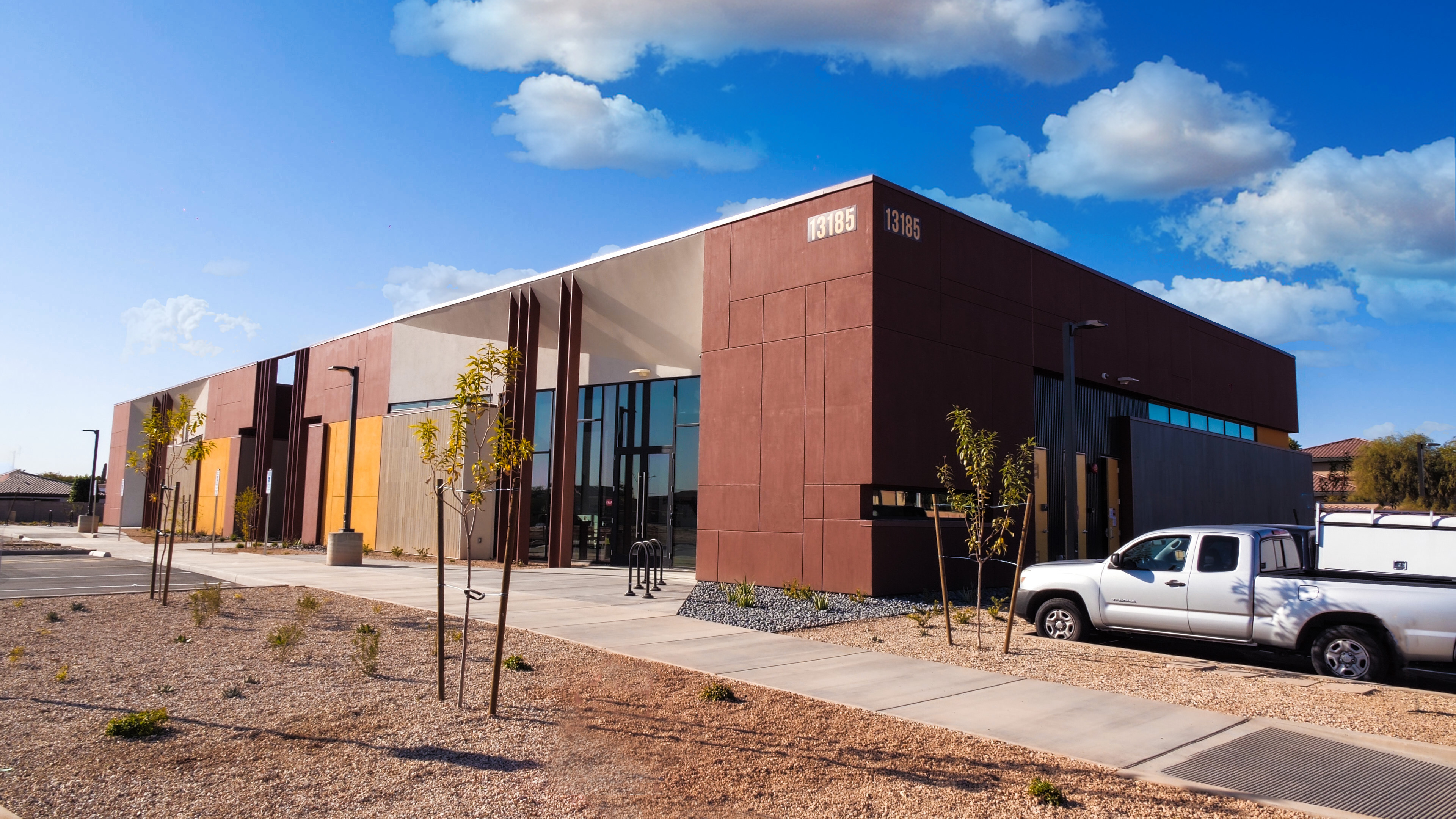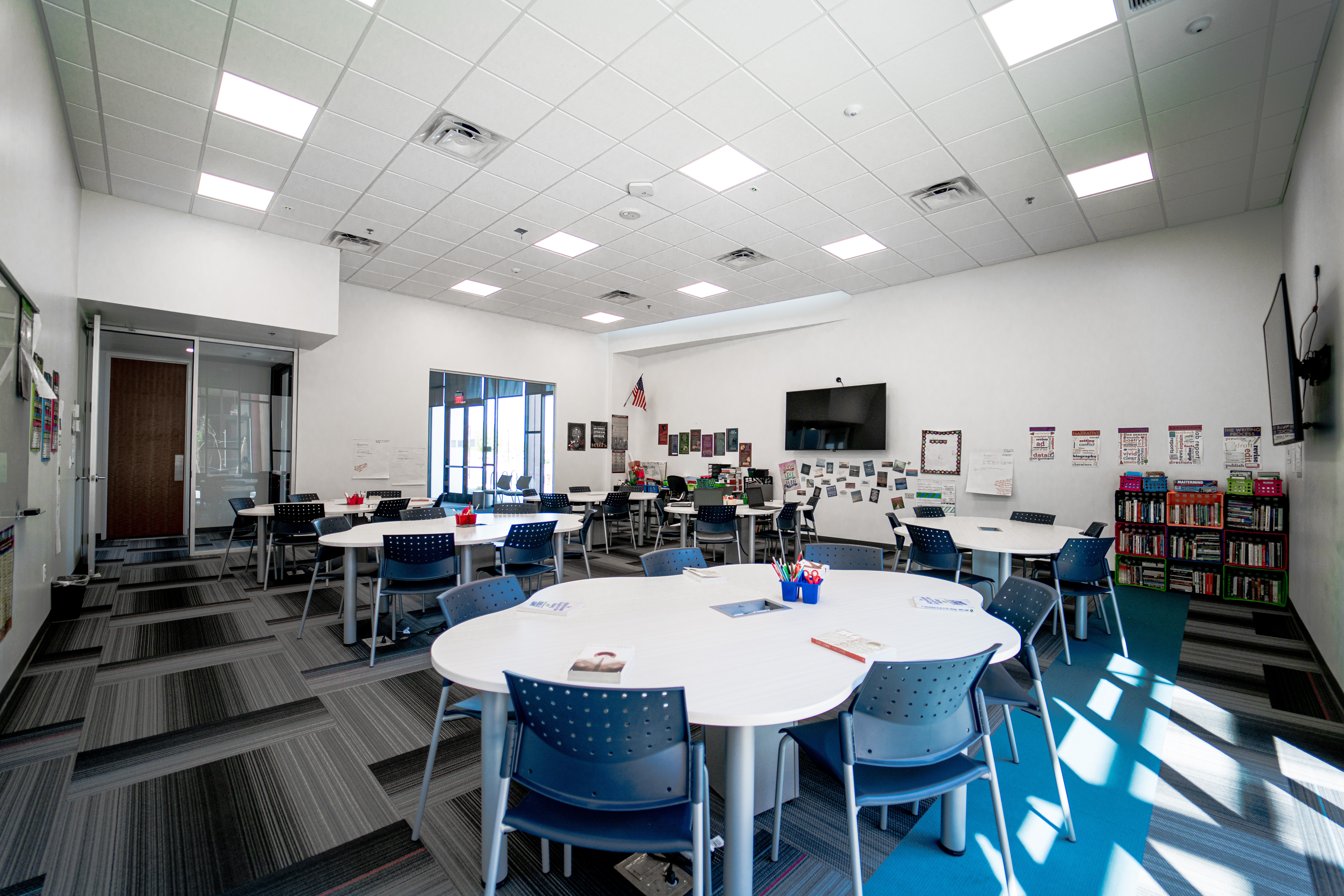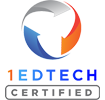
Since I began teaching 30 years ago, I’ve personally swapped out my Motorola StarTAC for a Smartphone, witnessed the launch of Microsoft Windows and bought my first flat-screen TV. Technological breakthroughs have changed every facet of our world. Yet, the traditional learning environment of classrooms, where I’ve spent the majority of my career, has remained the same.
Sure, we’ve traded the chalkboard for a whiteboard, and in some districts the overhead projector is now a computerized smartboard. What remains the same is the general function of the classroom: students listen to lectures, scribble notes, memorize what they need to pass and end the day with little retained.
Our current business-designed “Factory Model of Education” did well for the labor-intensive industrial revolution. In fact, the swift production of young factory workers led us to be one of the foremost economies in the world. But that was the 19th and 20th centuries. Today, this model limits the level of potential for our students in the high-tech 21st century and has us slipping into mediocrity.
It’s time to innovate. Otherwise, we may find our nation’s children slipping further behind the rest of the world.

Valor Preparatory Academy of Arizona
Educators always talk about the importance of following the science. As an educator, I cannot ignore the fact that our students are suffering under an outdated model of education. For example, the science behind adolescent sleep issues is clear enough to tell us not to follow the traditional early start. Yet, we still find early starts in most schools around the country. This is something I vowed to change as a school leader and have since implemented late starts at Valor Preparatory Academy of Arizona, a tuition-free school that follows a hybrid learning model for students in grades 6-11.
But this is just one example of the many ways learning is not being optimized in most traditional schools. Students have the knowledge of the world in their back pockets. A quick online search populates a multitude of information needed on any given subject. Despite this fact, teachers around the country are still spending nearly all of their class time relaying knowledge to their students when they could be constructing learning with their students.
The truth is it takes skills to get ahead in today’s society – knowledge alone is no longer the pinnacle of learning. However, applying skills takes individual guidance that teachers need time to provide in the classroom. A teacher’s time in the classroom is valuable and any individual time they can offer students in a traditional learning model is fleeting. Between planning, grading, and lecturing, teachers have felt immense pressure to provide quality education under considerable demands before and during the pandemic. Our educators are unnecessarily overworked meeting daily tasks, and students are often left to their own devices to learn and grow.
We can do better than this.
I’ve been in education long enough to have a keen sense of what our kids need to stay competitive, and I’ve come to discover that hybrid learning works. The key element in any learning model is whether it’s done right, and hybrid learning is no exception. Teachers can be empowered by intentional, thoughtful hybrid learning—if done well.

Photo of a classroom within Valor Preparatory Academy
Hybrid learning is not the same as the crisis-mode program that gained a bad reputation during the COVID-19 pandemic. Rather, the learning model is simply a structured environment that leverages technology for a better classroom learning environment.
At Valor Preparatory Academy, we implemented a nationally standardized, virtual curriculum offered by StrongMind. When utilizing a curriculum like StrongMind’s, teachers do not spend their valuable class time delivering the information in an outdated format. Rather, they are free to build relationships and support the students in a variety of ways, including building skills. Teachers are armed with premade lesson plans to use at their disposal and tools to collect grading data and averages, providing teachers with insight to personalize and address problem areas in their classrooms.

Children have been using technology as a vessel to deliver knowledge for years. Proof is in the success of TV programs like Sesame Street and Dora the Explorer. Hybrid-learning techniques let robust online lessons provide the foundation of knowledge while allowing teachers the time to guide students through application, collaboration, communication, and critical thinking skills.
Today’s world demands the application and utilization of knowledge that is given so freely. It’s time we take advantage of tech-tools already available so that our teachers are empowered to do what they do best. If we’re looking to elevate our teachers, students, and schools above mediocrity in today’s world, perhaps a hybrid approach is how we should do it.
Daniel Mahlandt is principal at Valor Preparatory Academy of Arizona





